
Navigating Chinese social media as a foreigner can be both exciting and challenging.
With platforms like Facebook, Twitter, and Instagram blocked in China, the country has developed its own vibrant and unique social media ecosystem.
This guide will introduce you to the most popular platforms, provide actionable tips, and highlight cultural nuances to help you make the most of your experience.
Understanding the Chinese Social Media Landscape
Before diving into the platforms, it’s important to understand the broader context of Chinese social media:
- Censorship and Regulations: The Chinese government heavily regulates online content. Avoid discussing politically sensitive topics, such as Taiwan, Tibet, or Tiananmen Square, as these can lead to account bans or legal issues.
- Language Barrier: While some platforms offer English interfaces, most content is in Chinese. Using translation tools like Google Translate or Pleco can help bridge the gap.
- Privacy Concerns: Chinese platforms often require real-name registration and collect extensive user data. Be mindful of the information you share online.
1. WeChat (微信 – Wēixìn)
WeChat is the cornerstone of Chinese social media and a must-have app for anyone living in or visiting China.

It’s more than just a messaging app—it’s a super-app that integrates social networking, mobile payments, and even government services.
Key Features
- Messaging and Calls: Text, voice, and video calls.
- Moments: Share photos, videos, and status updates with your network.
- WeChat Pay: A mobile payment service used for everything from shopping to paying bills.
- Mini Programs: Apps within WeChat for services like shopping, games, and food delivery.
Tips for Foreigners
- Set Up Payments: Link your bank account or use a prepaid card to activate WeChat Pay. Here’s a guide to setting up WeChat Pay.
- Join Groups: Look for expat or interest-based groups to network and stay informed.
- Learn the Etiquette: Avoid oversharing on Moments, as it’s considered a semi-private space.
2. Sina Weibo (新浪微博 – Xīnlàng Wēibó)
Often referred to as the “Twitter of China,” Sina Weibo is a microblogging platform where users share updates, news, and multimedia content.
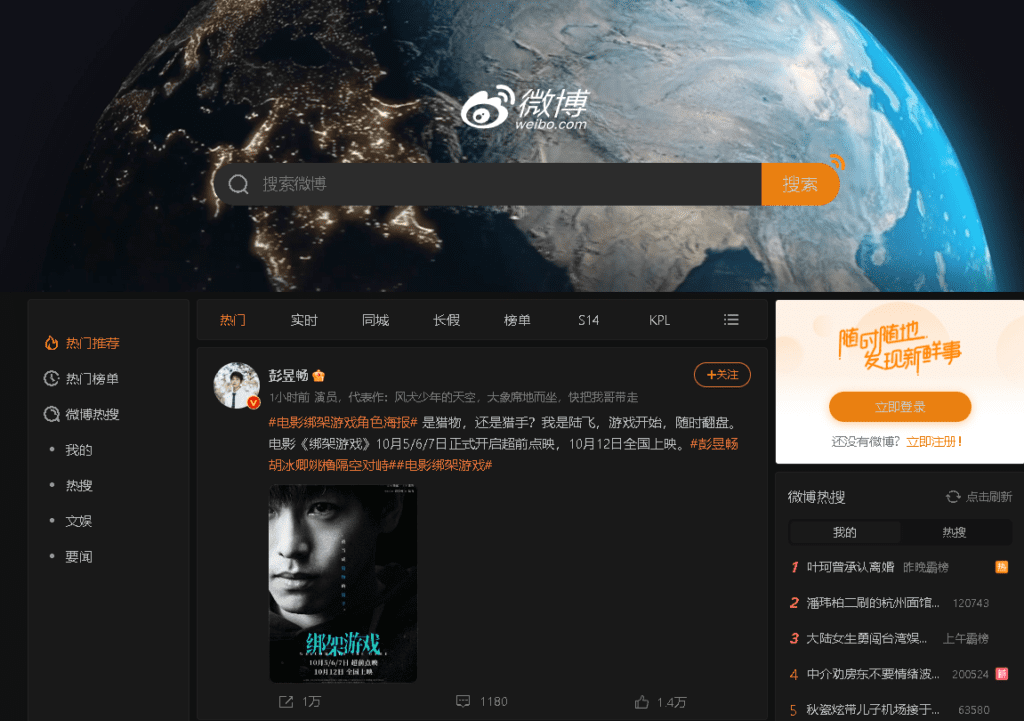
Key Features
- Microblogging: Post updates with a 140-character limit (in Chinese characters, this allows for more content than in English).
- Trending Topics: Discover what’s popular in China.
- Live Streaming: Engage with followers in real-time.
Tips for Foreigners
- Stay Relevant: Share content that aligns with Chinese trends, such as popular holidays or cultural events.
- Engage Actively: Comment on trending topics and interact with followers to build your presence.
- Verification: Apply for a verified account to boost credibility. Learn more about Weibo verification.
3. Douyin (抖音 – Dǒuyīn)
Known internationally as TikTok, Douyin is a short-video platform that has revolutionized content creation in China.
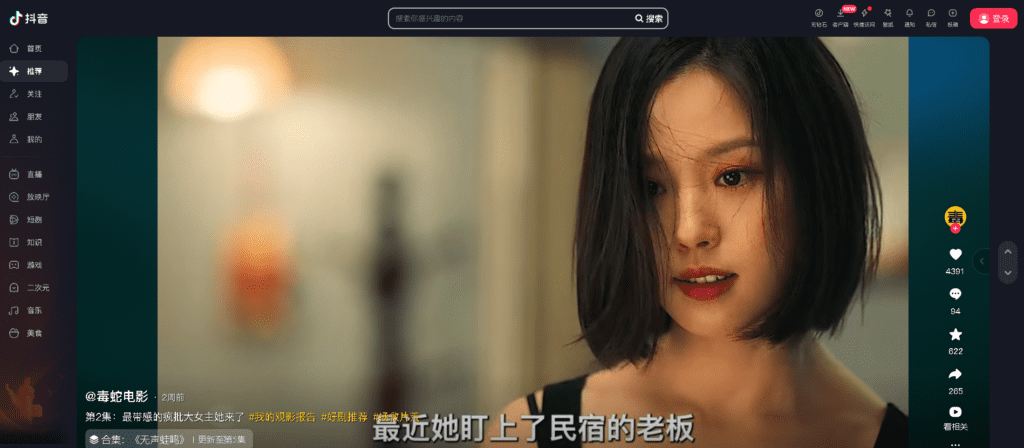
Key Features
- Short Videos: Create and share videos ranging from 15 seconds to 1 minute.
- Effects and Filters: Use creative tools to enhance your videos.
- Challenges: Participate in trending challenges to gain visibility.
Tips for Foreigners
- Localize Your Content: Adapt your videos to Chinese trends, such as popular music or memes.
- Engage with Comments: Respond to viewers to build a loyal audience.
- Consistency is Key: Post regularly to stay relevant.
For inspiration, check out Douyin’s trending videos.
4. Zhihu (知乎 – Zhīhū)
Zhihu is China’s version of Quora, where users ask and answer questions on a wide range of topics.
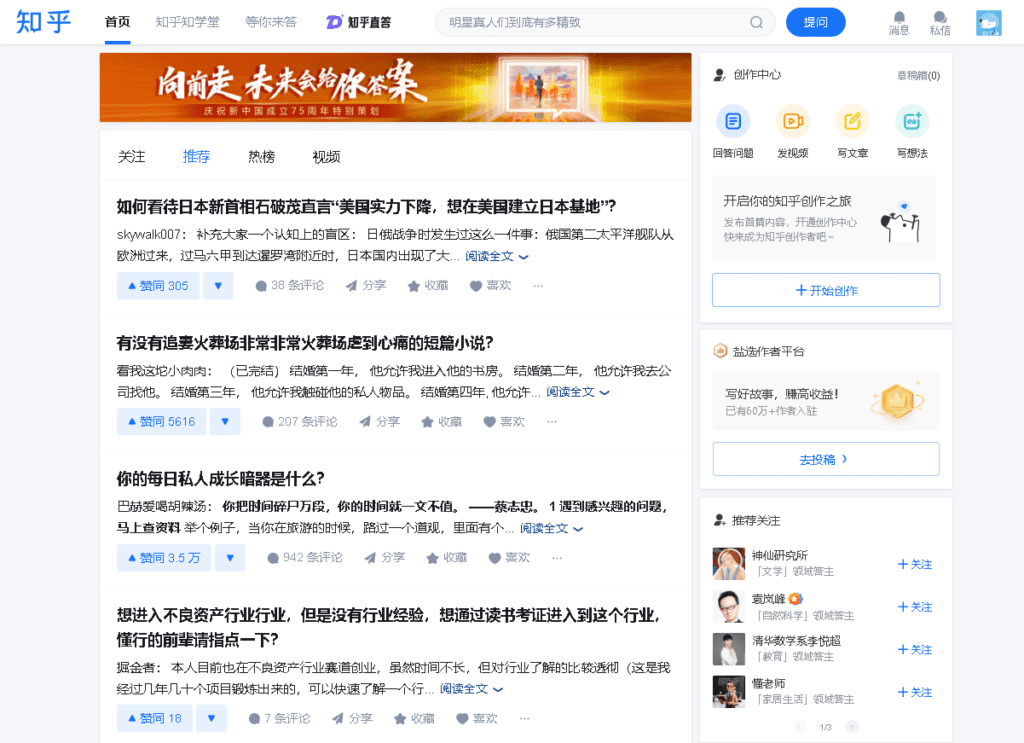
Key Features
- Q&A: Share your expertise by answering questions.
- Articles: Write in-depth articles to showcase your knowledge.
- Live Q&A: Participate in live sessions to engage with the community.
Tips for Foreigners
- Focus on Your Niche: Share insights on topics where you have expertise, such as travel, language learning, or international business.
- Engage Thoughtfully: Provide detailed and well-researched answers to build credibility.
- Network: Connect with professionals and thought leaders in your field.
5. Little Red Book (小红书 – Xiǎo Hóng Shū)
Also known as RED, this platform is a blend of Instagram and Pinterest, focusing on lifestyle, shopping, and product reviews.
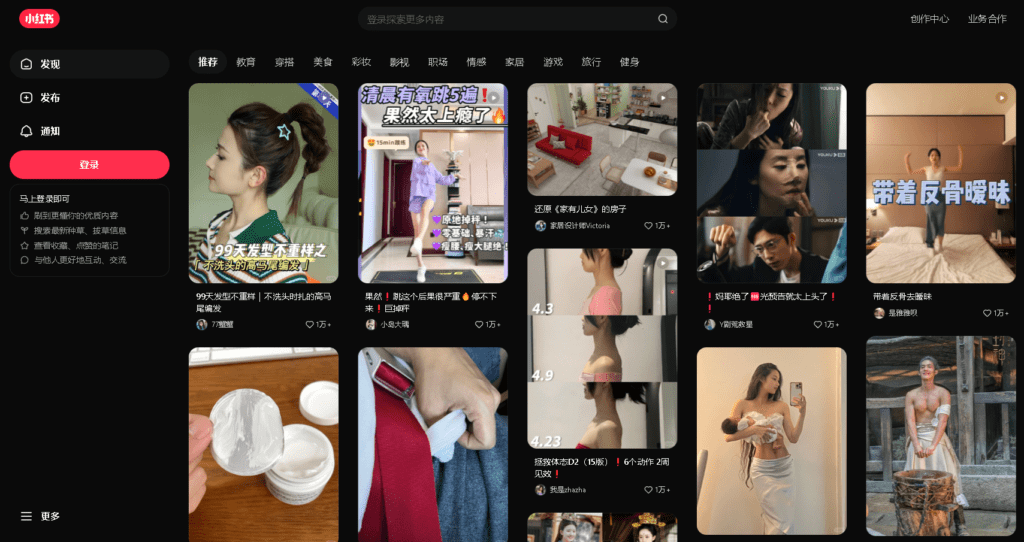
Key Features
- Photo and Video Sharing: Share high-quality lifestyle content.
- Product Reviews: Post recommendations for beauty, fashion, and travel products.
- Shopping: Purchase items directly through the app.
Tips for Foreigners
- Be Authentic: Share genuine reviews and experiences to build trust.
- Focus on Aesthetics: High-quality visuals are key to success on this platform.
- Engage with Followers: Respond to comments and questions to foster a community.
6. Bilibili (哔哩哔哩 – Bīlī Bīlī)
Bilibili is a video-sharing platform popular among younger audiences, especially for anime, gaming, and entertainment content.
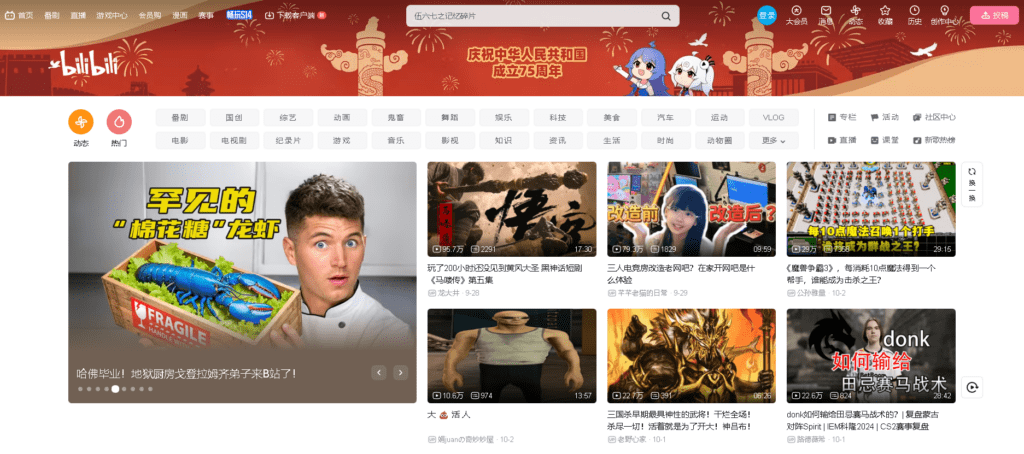
Key Features
- Video Sharing: Upload and share videos on niche topics.
- Live Streaming: Interact with viewers in real-time.
- Community: Engage with like-minded users through comments and forums.
Tips for Foreigners
- Find Your Niche: Focus on topics like gaming, tech, or cultural exchange.
- Consistency: Regular uploads help build a loyal audience.
- Engage Actively: Respond to comments and participate in discussions.
7. Meituan (美团 – Měituán)
Meituan is a super-app for local services, including food delivery, hotel booking, and more.

Key Features
- Food Delivery: Order from local restaurants.
- Booking Services: Reserve hotels, flights, and other services.
- Reviews: Read and write reviews for various services.
Tips for Foreigners
- Explore Local Cuisine: Use Meituan to discover hidden gems in your area.
- Write Reviews: Share your experiences to help others and build credibility.
- Use Translation Tools: The app is primarily in Chinese, so tools like Pleco can be helpful.
8. TouTiao (今日头条 – Jīn Rì Tóu Tiáo)
TouTiao is a news and information platform that uses AI to recommend content based on user preferences.
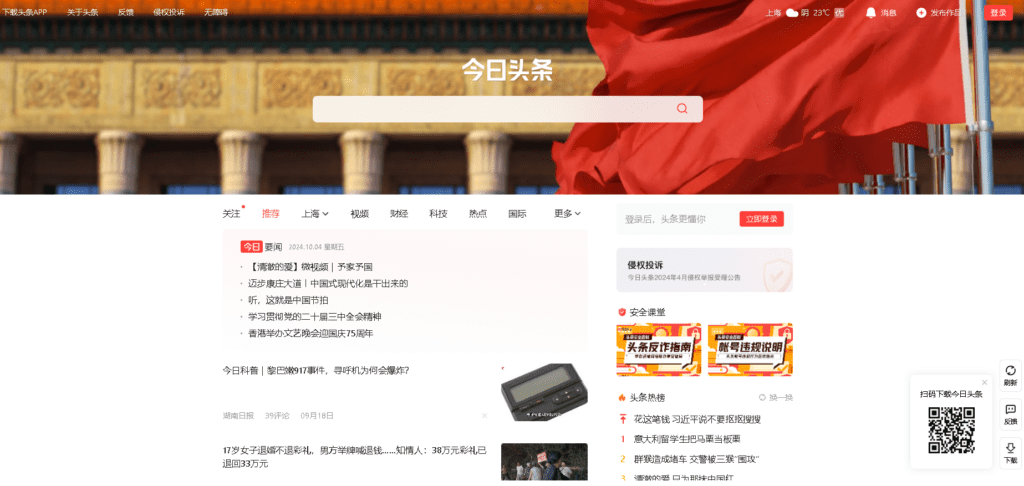
Key Features
- Personalized News: Stay updated with tailored news feeds.
- Content Creation: Share articles and videos.
- Engagement: Comment on and share news stories.
Tips for Foreigners
- Stay Informed: Use TouTiao to keep up with local and international news.
- Share Insights: Post articles or videos on trending topics.
- Engage in Discussions: Participate in comment threads to connect with other users.
Conclusion
Using Chinese social media platforms as a foreigner can be a rewarding experience, offering unique opportunities to connect with locals, stay informed, and share your experiences.
By understanding the key features, cultural nuances, and best practices for each platform, you can effectively navigate the Chinese social media landscape.
For more resources on living and working in China, visit Ikky in China.


